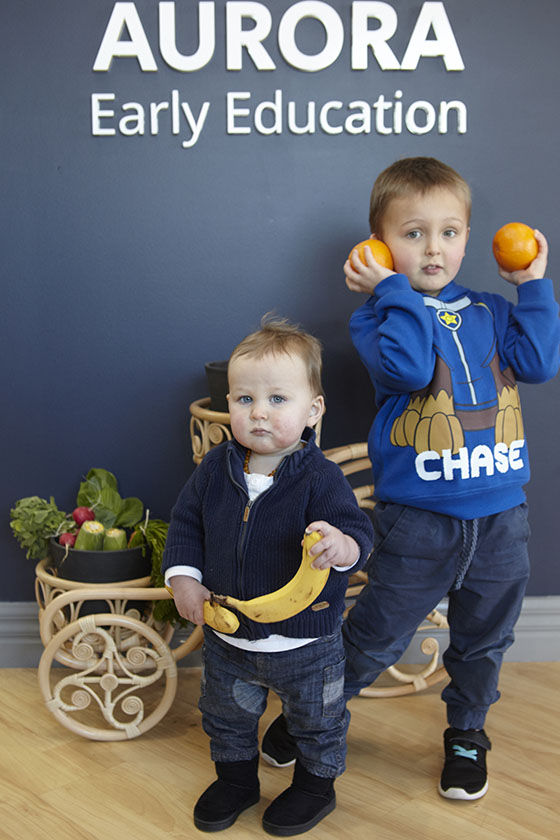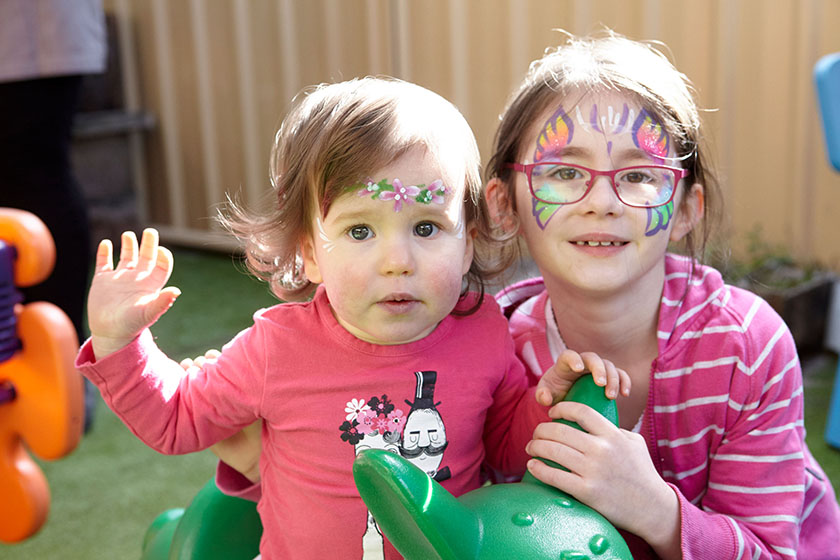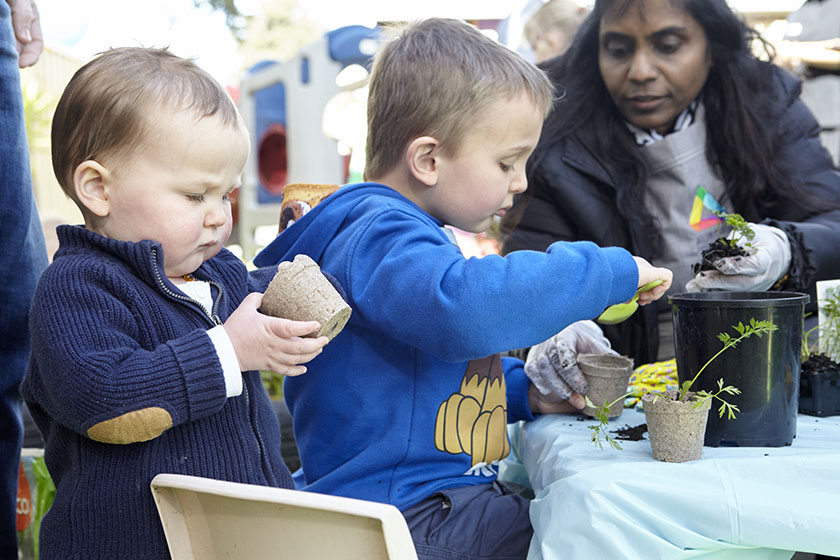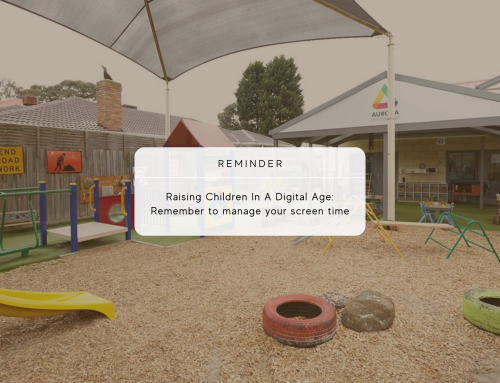The maxim, “age is just a number” comes to life at a children’s play park. Take a moment to imagine the scene; children across ages play and laugh together, with the older children helping the younger ones onto swings and slides and the younger children trying to copy the older ones as they scramble onto merry-go-rounds. Important social skills like empathy, collaboration and observation are developed in such situations, which help children’s cognitive, psychological and social growth.
Early education experts, like Aurora’s owner and CEO, Sheela Edwards are recognizing the benefits of a multi- age approach in education.
Eighteen months ago, Aurora Early Education embarked on a transformative journey towards multi age education, in line with Aurora’s unique approach to childcare. We’re inviting you to walk with us through this revolutionary approach and understand how multi-age education can benefit your child.
 What Is Multi-Age Education?
What Is Multi-Age Education?
Multi-age education brings together learners from diverse ages, interests and developmental stages. Children work and play in a dynamic environment, forming stronger bonds, while being exposed to a wide range of experiences, social situations and conflict resolution strategies. Imagine a world without borders… and translate this into Aurora’s new approach; a child-care center without divisions.
Aurora’s Journey To Multi Age Early Education
In mid-2015, after Sheela Edwards and Simone Edwards attended the International Forum For Early Years Education in Singapore, Aurora began transitioning into the multi age education approach. Present at the Forum was Peter Gray, a developmental psychologist who highlighted the value of age-mixed play.
When Sheela brought the multi-age philosophy back home to Aurora, our educators were delighted to see the transformative effect that it had on our learners. The children embrace a variety of learning experiences while developing rich and meaningful symbiotic relationships.
Building Better Educator-Learner Relationships
One specific benefit of the approach we observed was that it allowed our learners to form stronger bonds with our educators. When allowed to make their own choice, some of the older children chose to go back into rooms they had been in the year before for a familiar space, ‘quiet time’ and also to seek out educators they had established secure relationships with. Researchers (Lally, 2003) suggest that too many transitions of educators at a young age can lead to reluctance to form new relationships. Multi-age classrooms solve this problem by allowing learners to continue enjoying interactions with familiar care-givers and then comfortably establish relationships with new ones. This will make it easier for your child to develop trusting, secure relationships as they grow older.
Enhanced Social Skills
The multi-age environment encourages children to grow comfortable with peers from different ages, exposing them to diverse interests and capabilities and strengthening their social skills. We noticed an increase in several positive behaviors including decreased competition amongst toddlers, increased cooperation, conflict resolution, mediating and many instances of role-modelling.
Similar to sibling relationships, younger children looked to the older ones for cues in behavior. At Aurora, younger learners gain exposure to advanced skills and accelerated learning. Meanwhile, older children take their younger peers’ attention in their stride, shared their knowledge, became mentors, leaders and developed greater empathy and a sense of responsibility.
At Aurora, children are able to form sibling-like relationships with a large group of children across an age spectrum, contributing to social growth and skills. What better way to start a child’s journey through to school and beyond?

Flexible Curriculum
Our educators at Aurora are excited to see that besides social growth, children in our multi-age education system benefit from cognitive growth through the opportunity to design a flexible curriculum, which is tailored to meet the needs of each individual child.
Without a rigid curriculum, educators can use common interests in the class and current goings-on in the community to create contextual and community – focused projects. Children take active, enthusiastic roles in these projects and become both self-directed and self-reflective in their learning, going so far as to come up with new projects and challenge themselves.
Thanks to a more flexible curriculum, educators can place a greater emphasis on experiential learning, discovery learning and brain-based learning; approaches which stimulate greater cognitive growth.
Relaxed, Realistic Environments
When it comes to physical space, the multi age approach allows for open doors and spaces, similar to the freedom children enjoy in their own homes. Children blossom in a relaxed and welcoming environment, feel a sense of independence and are actively engaged with their surroundings, an attitude that is especially important in today’s world.
Continuing On Our Journey
At Aurora, we make it our mission to create an optimum learning environment to empower our children. The multi-age approach is in line with our philosophy of ‘care, connect and create’. We feel privileged to introduce this system of education at Aurora and invite you to come ans see our amazing multi-age learning environment for yourself.
Have a trip to our Kindergarten in Melbourne CBD and Kindergarten in Doncaster.





